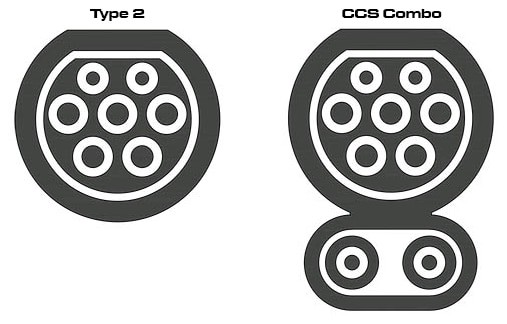Tesla’s Supercharger network is one of the biggest plus points for anyone considering a new EV. Not having to worry if a public charger will be working or not on a long journey really is a huge plus point for Tesla.
How to pay for charging
There are three ways you might pay for your supercharging;
1. Free Supercharging – Some cars (only Model S and X so far) are / were sold with free Supercharging by Tesla.
2. Referral Supercharging miles – If you have purchased your car using a referral code, you should have received 1000 miles of free Supercharging to use (more on this on the Referrals article)
3. By having a credit card / Debit card setup within your account. If you don’t have free Supercharging or any free miles to use, this must be in place to enable you to Supercharge.
Two known exceptions to the above;
1. An (unconfirmed) rumour that you get free Supercharging on collection day, proceed with caution here though, suggest adding the card to your account if you have no miles to use.
2. If you are renting your car via evezy they pick up the tab for your Supercharging session, as it’s included within the rental price.
How much does it cost to charge at a Supercharger?
In the UK the price per KW is £0.24, to find out how much it costs to ‘fill up’ your car at a Supercharger, you can use the calculator I’ve made to work out how much this will cost you, follow the links below.
How much does it cost to use a Supercharger
How much does it cost to charge my Tesla
Connections (Type 2 and CCS)
On V2 Superchargers (the majority of chargers currently are V2, with a rollout of V3 starting) you have two connections. Type 2 and CCS.
Tesla Model S and Model X have just the Type 2 plug, Model 3’s and Model Y’s have CCS. Model S and Model X owners can pay to get the CCS upgrade performed, enabling them to use CCS with a supplied adaptor (I believe this is now standard on the new Raven models onwards), Model 3 and Model Y can only use the CCS connector at a Supercharger (but do use Type 2 at home and other non-CCS public chargers).

V2 and V3 Superchargers
The majority of Superchargers (at the time of writing at least!) are all V2. The exception in the UK being in Park Royal.
The key differences
V2 Superchargers have both the Type 2 and CCS connectors
V2 Superchargers have a maximum output of 150kw
V3 Superchargers only have a CCS connector
V3 Superchargers can charge at a peak rate of 250kw on Model 3’s and Model Y’s
‘Urinal etiquette’ – Why you should leave a gap when Supercharging
V2 Superchargers are powered in pairs (A and B). You should always aim to try and leave a gap between cars charging, known as ‘urinal etiquette’ (sorry ladies!) to avoid the power between the units being shared.
Diagram as below

As an example, in the image above, if you turned up and had to use one of the B chargers, the car in the A charger would continue to get the better rate until their charging has completed, but may still see a hit to the charge rate. So where possible, try and leave a gap to give you and the other users the best possible charge rates.
V3 chargers do not have this limitation, so in the future charging should be even faster and simpler, which is impressive, given how easy it is already in a Tesla.
